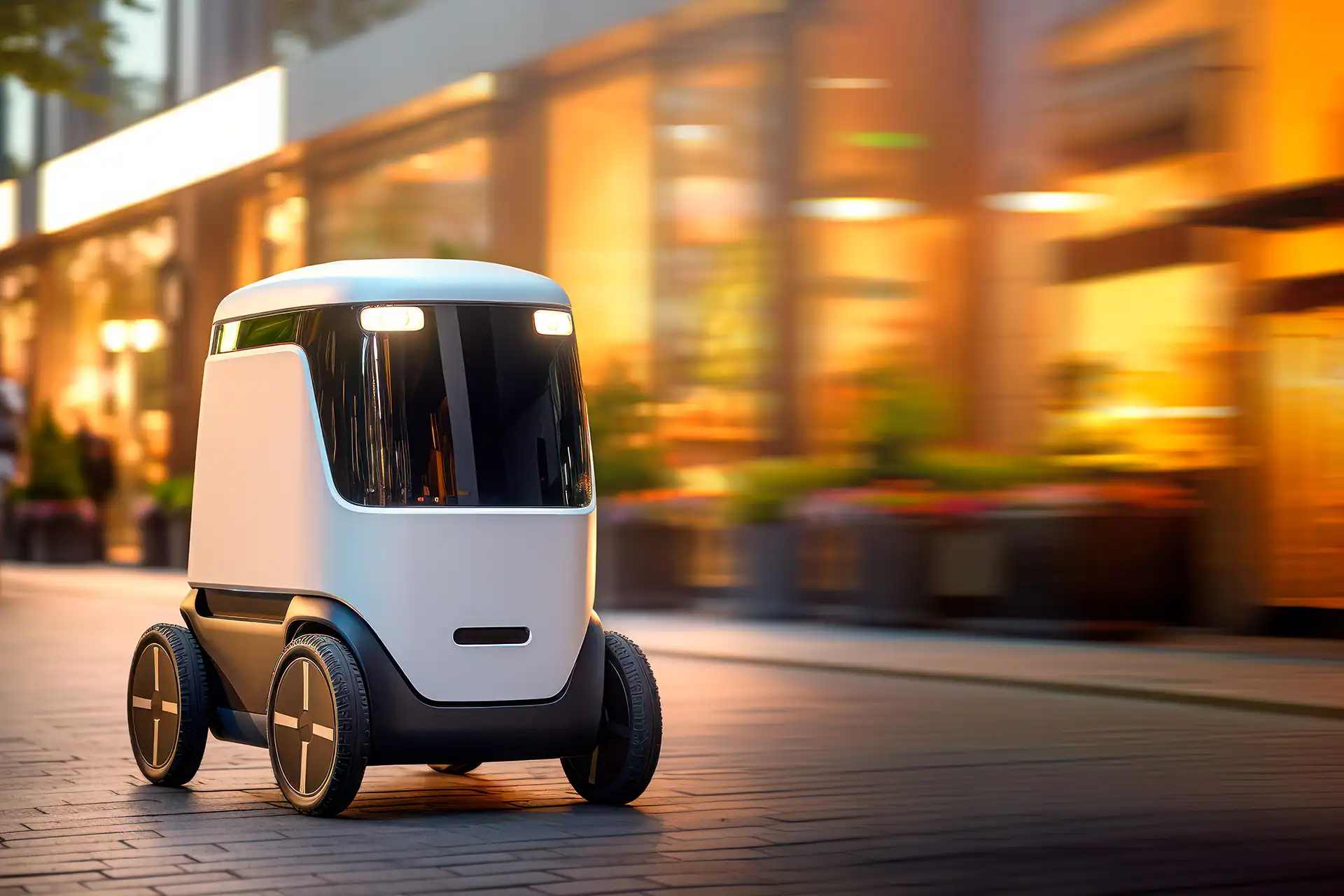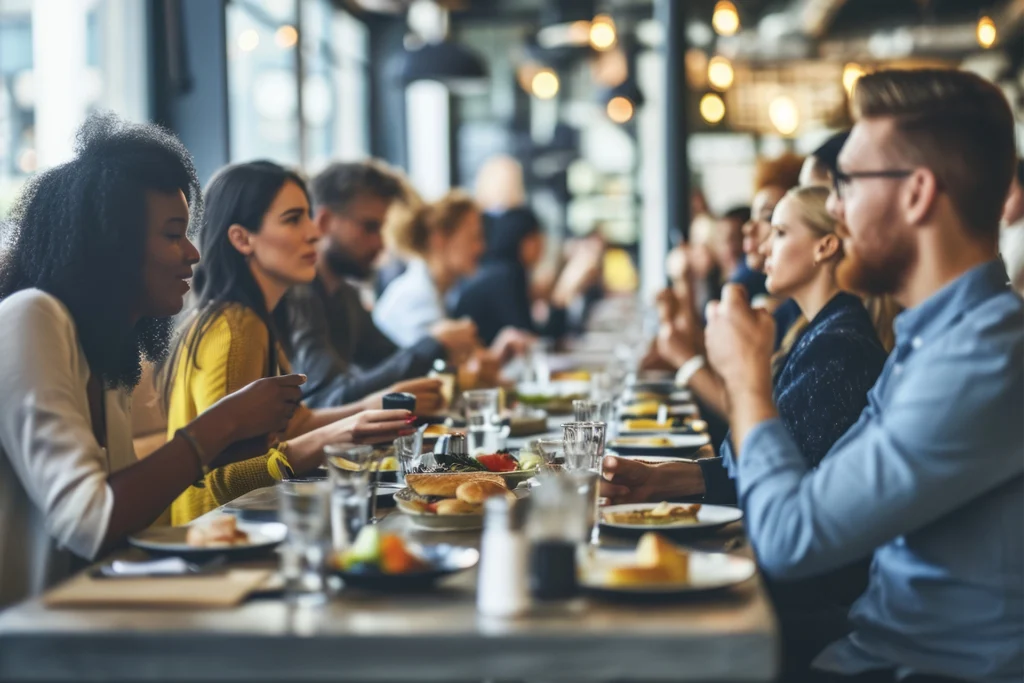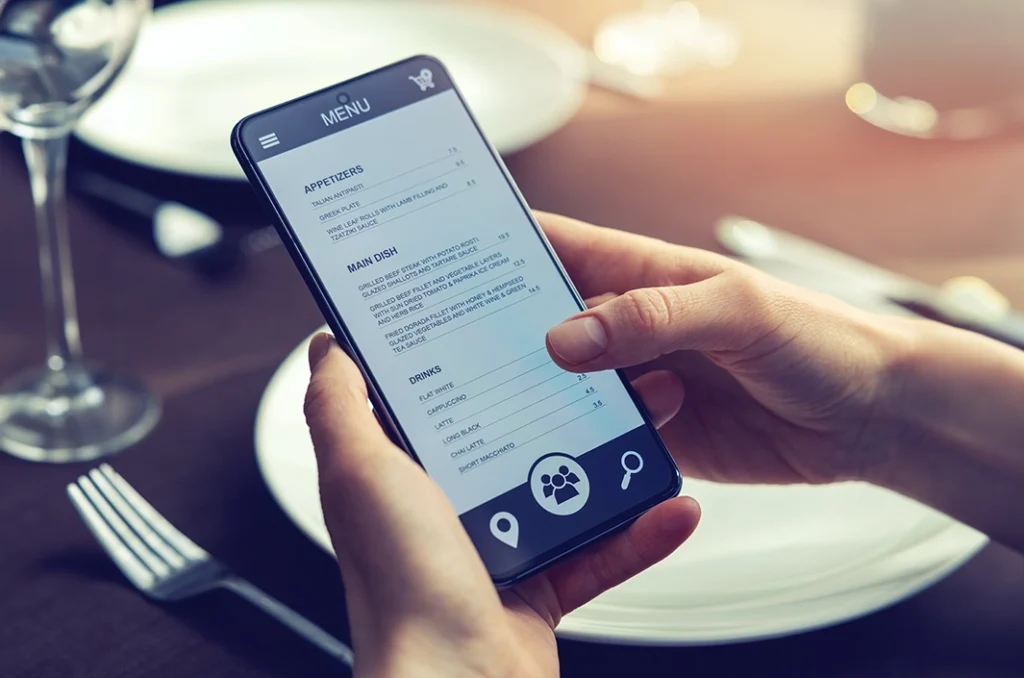With the widespread progression and development of AI over the past few years, there seems to be some sort of new technology every other day. Therefore, not being in-tune with this digital era will keep your restaurant or bar at a disadvantage amongst competitors. One increasingly popular approach to differentiate your restaurant from others is the adoption of automation and robotics within the business at various touchpoints: front-of-house, back-of-house, and delivery.
In this three-part series, we’ve explored the use of robots in front-of-house and back-of-house settings. Now, we’re turning our attention to delivery. Specifically, robots that bring food straight from your kitchen to the customer’s doorstep. From sidewalk rovers to flying drones, these robots are redefining what “convenient takeout” looks like.
Have you ever thought about using delivery robots for your restaurant? Consider these benefits and drawbacks.
REASONS FOR ROBOTS
- Efficiency and Speed – Robots can deliver meals faster in high-traffic or dense urban areas by avoiding human delays.
- Labor Savings – Autonomous delivery can reduce your reliance on third-party services and costly delivery drivers.
- Brand Differentiation – Delivery robots stand out, creating buzz and attracting attention on sidewalks and social media.
- Eco-Friendly Options – Most robots are electric, offering a more sustainable delivery solution than gas-powered cars.
- Contactless Delivery – A big win for health-conscious customers who prefer minimal human contact.
- Real-Time Tracking – Many robot systems come with live GPS updates and customer alerts.
- Off-Hours Service – Robots can operate late nights and early mornings, so your delivery hours can expand.
- Lower Long-Term Costs – Once up and running, delivery bots can offer significant cost reductions compared to third-party delivery apps.
REASONS AGAINST ROBOTS
- Limited Range – Most robots have a small delivery radius, restricting how far you can reach.
- Weather Sensitivity – Rain, snow, and extreme heat can halt deliveries or damage equipment.
- Upfront Investment – The cost to integrate with a delivery robotics provider may be high for independent restaurants.
- Regulatory Hurdles – Drones and robots face strict local and federal rules, so where and how they operate can be limited.
- Public Skepticism – Some customers may view robotic delivery as gimmicky or unreliable.
- Vandalism/Theft Risks – Street-level bots can attract attention for the wrong reasons.
- Technology Learning Curve – Onboarding new systems takes time and training for your staff.
VIGOR’S VIEW
Major brands and startups are already deploying delivery robots in creative and scalable ways. For example, Wing and Flytrex are taking to the skies with drone deliveries. Additionally, Starship and Serve are hitting sidewalks near college campuses and city centers. Furthermore, Zipline is dropping orders from the sky with near sci-fi precision. And big players like Uber Eats, Domino’s, and Walmart are already investing in partnerships with these autonomous tech companies.
So, if your restaurant is grappling with high third-party fees, inconsistent delivery staff, or limited reach, robots might just be your next big differentiator. With a growing list of robotics providers and a clear shift toward contactless convenience, delivery automation is no longer experimental. Instead, it’s strategic.
There are plenty of delivery robots and drones with varying capabilities already on the market. Look around and see if any fit your delivery model, customer base, and long-term goals.


